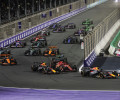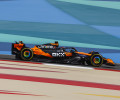FIA Insights: Celebrating 50 years of the FIA Safety Car in Formula 1
It’s 50 years since the Safety Car made its first appearance in F1, at the 1973 Canadian Grand Prix. And in the years since it has been developed by the FIA to become a key component of the Federation’s drive for improved safety in Formula 1
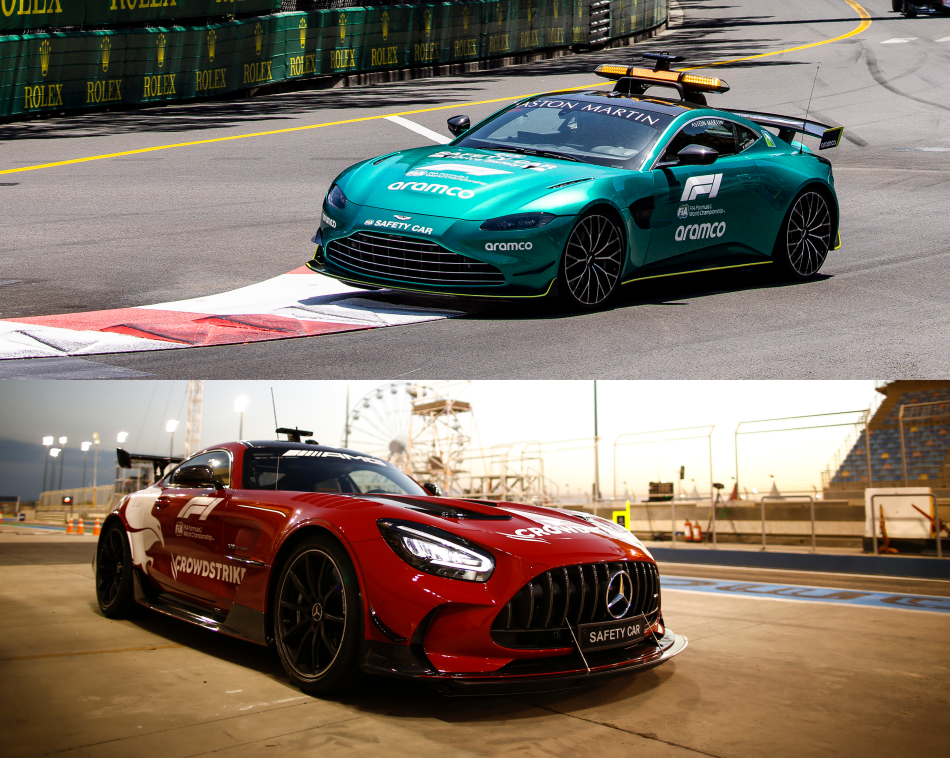
Following a variety of incidents at a rain-hit 1973 Canadian Grand Prix, including collision between Tyrrell’s François Cevert and McLaren’s Jody Scheckter, race officials took a decision that was to eventually spark a revolution in the safe running of Formula 1 races. Onto the Mosport track rolled a lemon-yellow Porsche 914, piloted by Canadian driver and occasional grand prix racer Egbert ‘Eppie’ Wietzes, and the age of the F1 Safety Car was born.
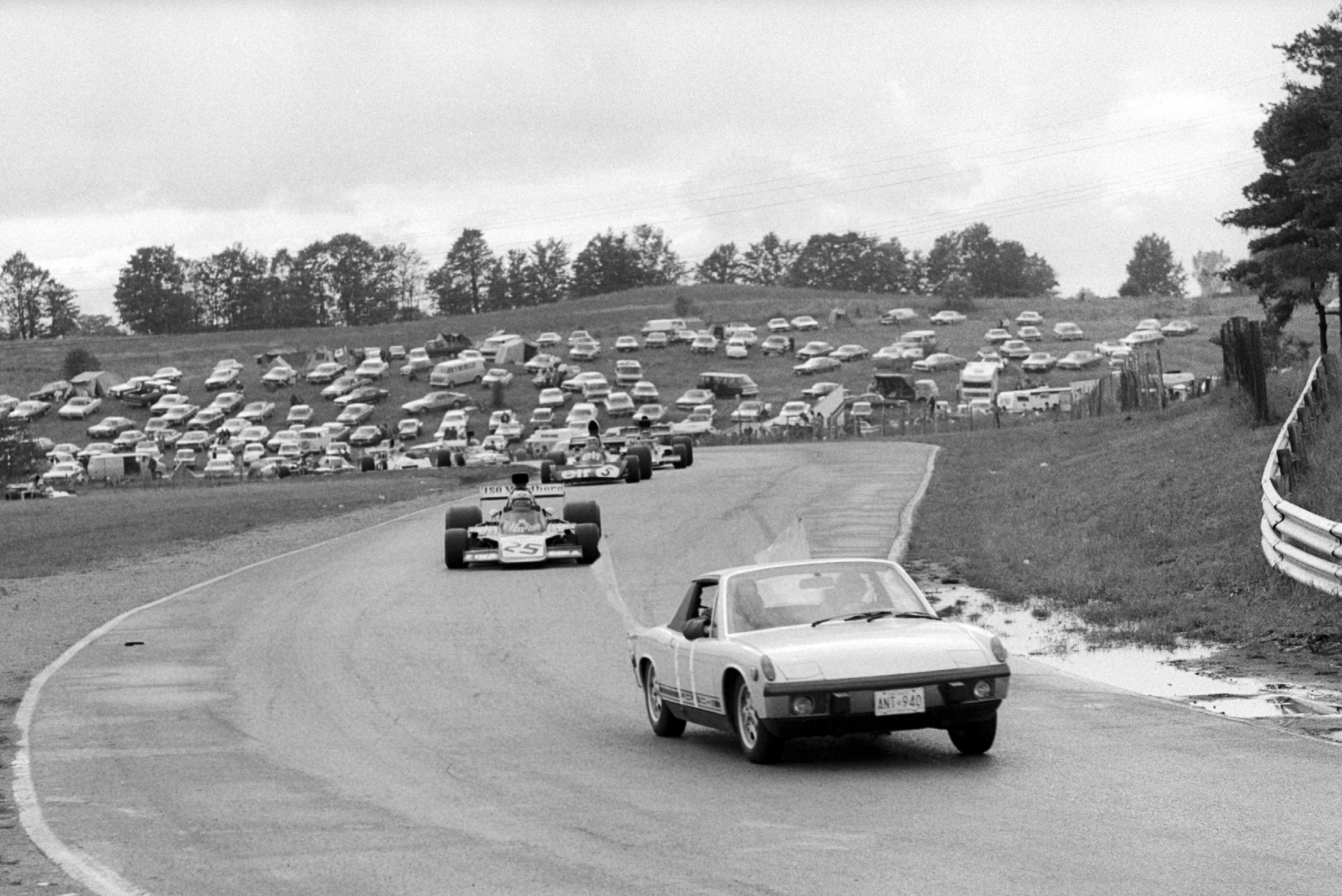
Credit: Motorsport Images
The delivery wasn’t without trauma, however. With just a single test of what the Commission Sportive Internationale, the FIA’s then sporting body, had dubbed the ‘pace car control system’ having taken place a month earlier at the Österreichring, its debut in Canada was undermined by confusion over which cars Wietzes picked up, doubt about leadership of the race and in the end rumbling debate over exactly who won the race that soggy day at Mosport.
And yet, despite its inauspicious debut, the Safety Car has, over the past half century, been constantly developed and refined by the FIA to become one of the most potent weapons in the Federation’s arsenal of motorsport safety measures, in Formula 1 and beyond, as FIA Formula 1 Race Director Niels Wittich explains.
“The Safety Car is such a successful measure and now so ingrained in motor sport culture that I think we sometimes take for granted the enormous positive effect it has had on safety in racing,” he says. “It is one of the key tools at our disposal for dealing with hazards – be that related to incidents, weather, or people or vehicles on track. The ability to quickly neutralise a race, and ensure the security of the 20 drivers on track and anyone who might be on track due to incidents cannot be overestimated. And its impact has only become more and more effective as technology has improved the car and the equipment inside it. With the aid of GPS, live camera feeds, improved communication streams, it is now effectively a part of race control on the track.”
More than any other, the man who has had responsibility for the release of the Safety Car over the past three decades is Herbie Blash. After joining the FIA in 1995, Blash served as Deputy Race Director until 2016. He returned to Race Control in F1 last year as a permanent advisor to the FIA.
“My first encounter with the Safety Car in Race Control was in 1996 and it wasn’t without its difficulties. It was in Argentina and we used a Renault Clio. It wasn’t ideal,” he says.
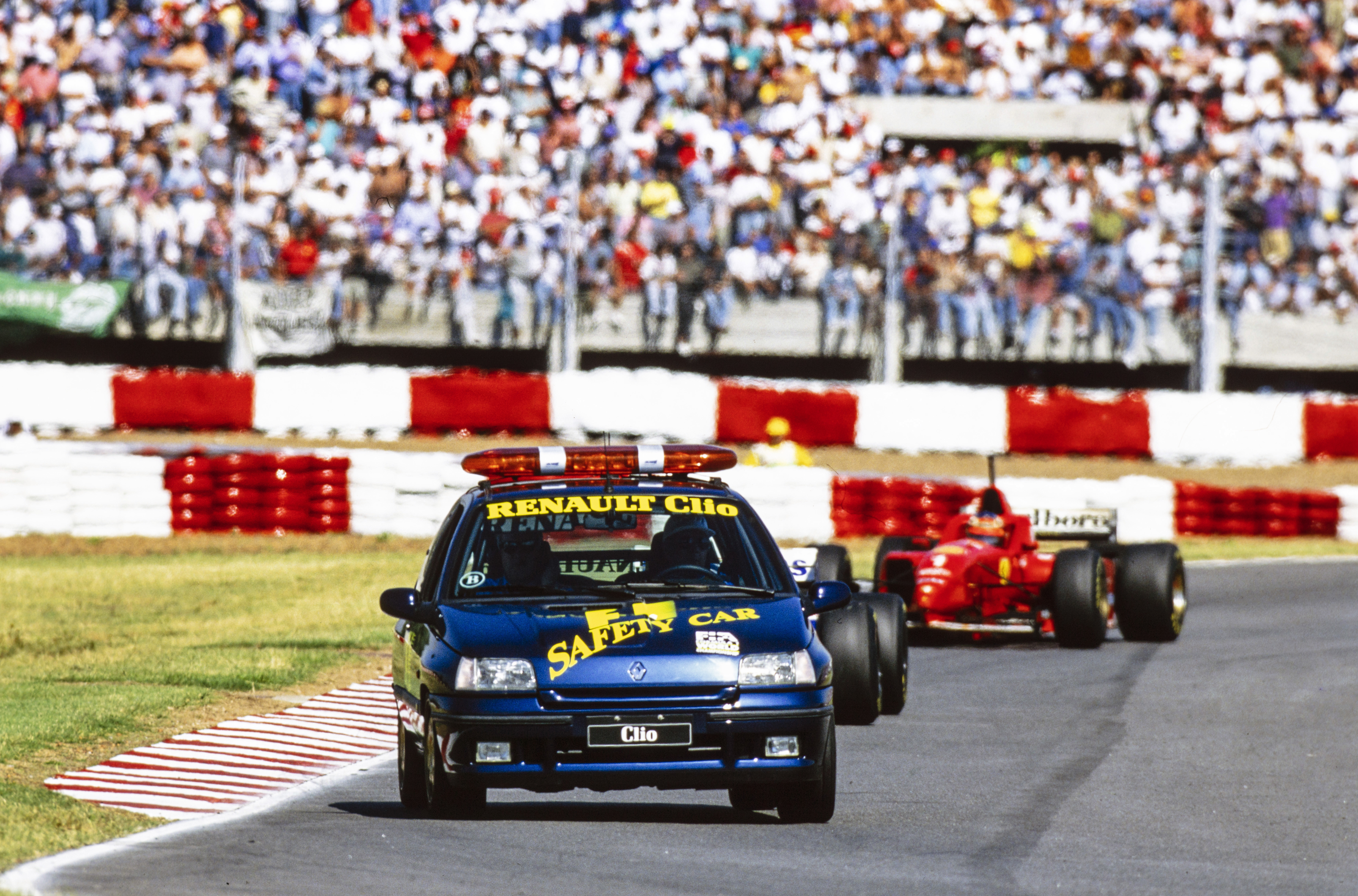 Credit: Motorsport Images
Credit: Motorsport Images
The Renault was one of many cars used in the years following the Pace Car’s 1973 debut. But after races had been led by vehicles as disparate in performance level as the Lamborghini Countach deployed for several years in the early 1980s in Monaco and the Fiat Tempra used at the 1993 Brazilian Grand Prix, in the late 1990s the FIA took steps to make the Safety Car a consistently powerful force for safer racing.
 Credit: Motorsport Images
Credit: Motorsport Images
“The first Safety Car I think [late FIA F1 Race Director] Charlie Whiting was involved with was in 1997, and after that it really was a case of incremental development,” recalls Blash. “Every year after that improvements were made – to the car, to the technology inside it and to the procedures.”
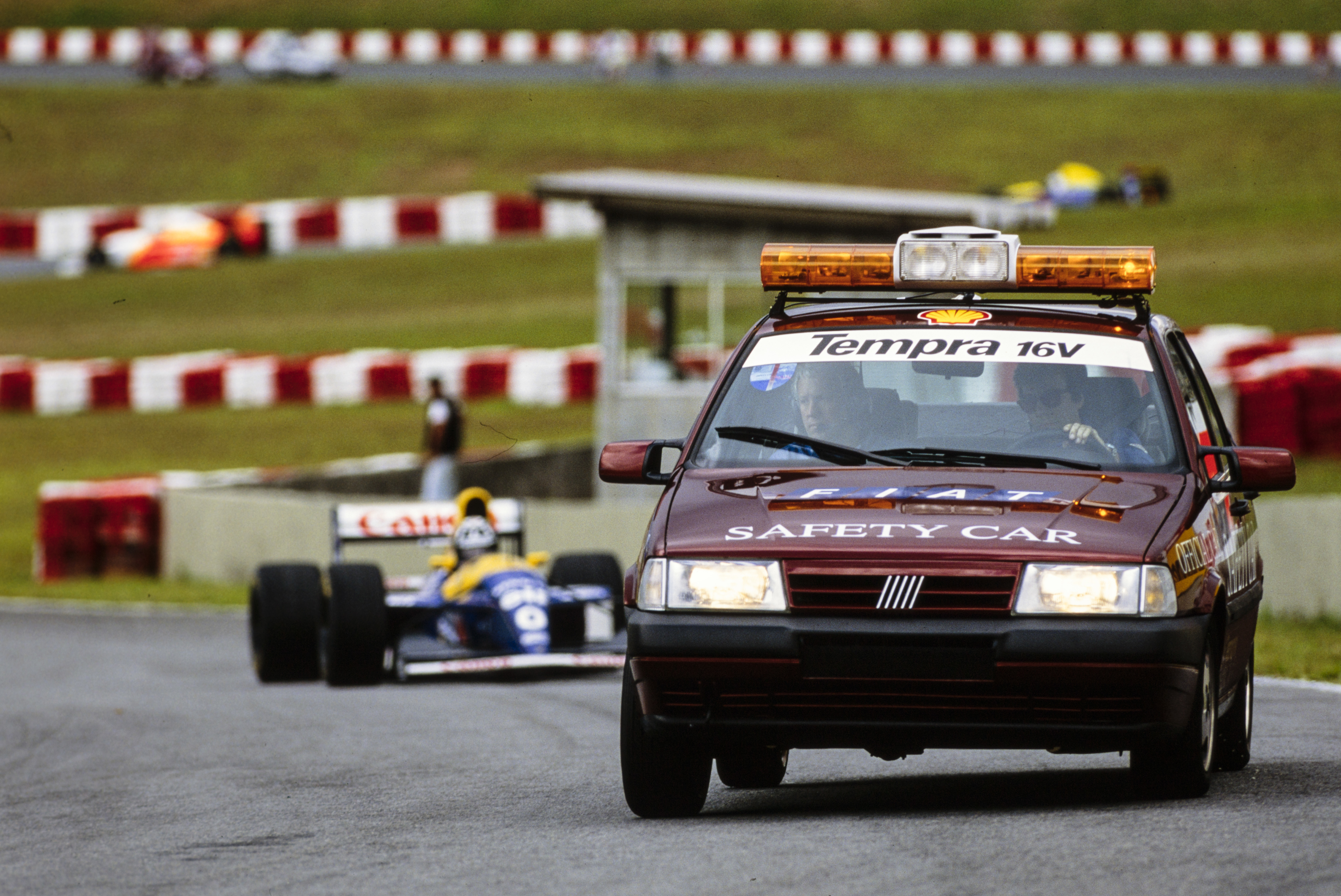 Credit: Motorsport Images
Credit: Motorsport Images
A key component in that evolution was the arrival of Mercedes as supplier of Official Safety Cars to the FIA, starting in the latter stages of the 1996 season with a C36 AMG, and with a permanent driver at the wheel.
“For the first few years we had Oliver Gavin as the Safety Car driver,” says Blash. “But Oliver began racing in Formula 3000 and so couldn’t drive the Safety Car for that series when we wanted to expand its use to that series on F1 weekends. We needed another driver.”
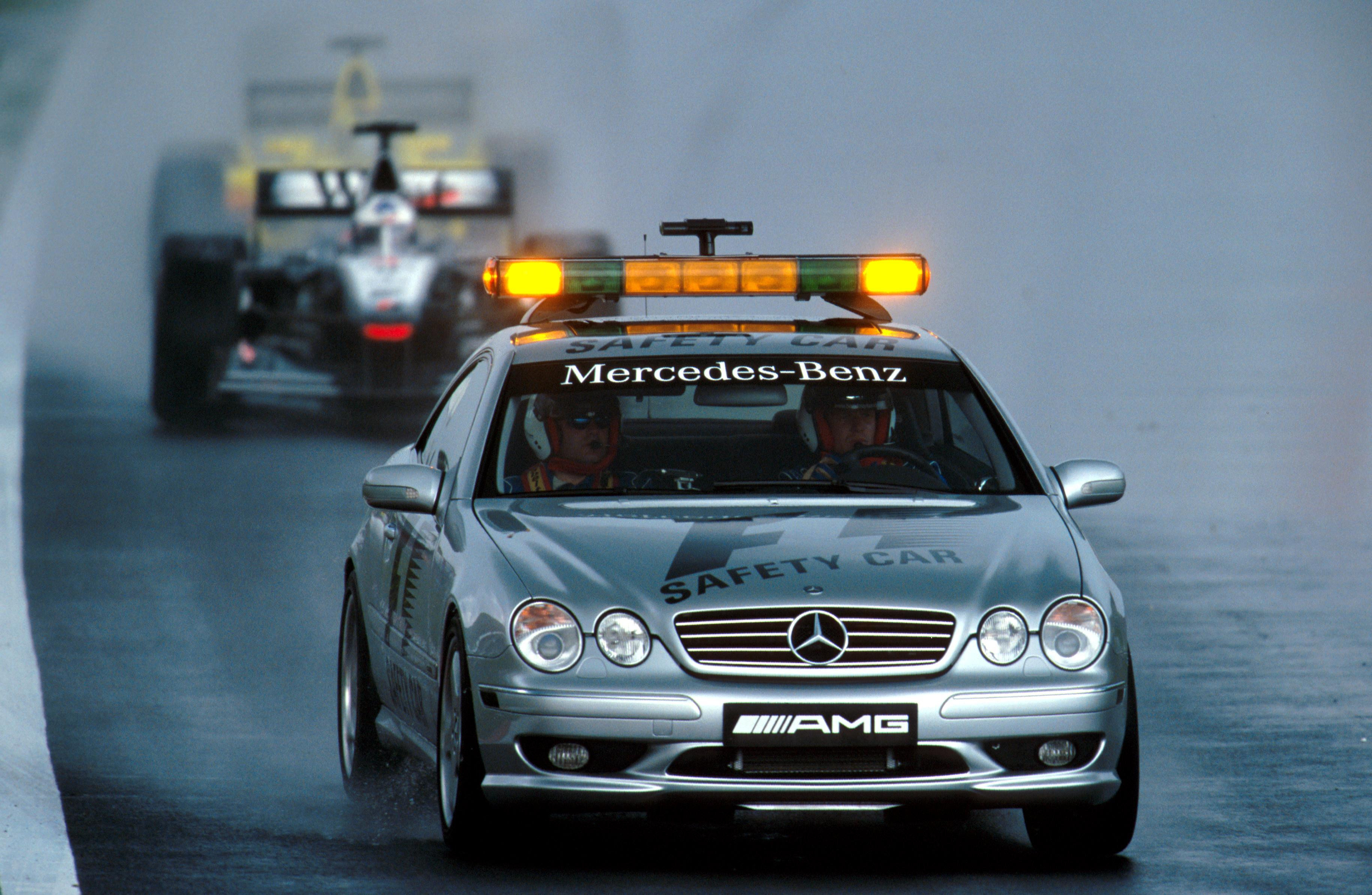 Credit: Motorsport Images
Credit: Motorsport Images
Enter Bernd Mayländer, then racing in the Porsche Carrera Cup and on Grand Prix weekend in the Porsche Supercup. “I had not the best season of racing with Mercedes in 1998 and I wasn’t too happy,” he says. “Mercedes made me an offer to race for them at Le Mans but I wanted to do as many races as possible, so I started with Porsche in the national championship and also raced Le Mans. So that was the reason I was at Imola that weekend, in Supercup, when Herbie and Charlie asked me to help. Of course I said yes.”
 Credit: Motorsport Images
Credit: Motorsport Images
When Gavin left to race in the US, Mayländer was invited to take on the full F1 season. And 23 years later the German is still at the wheel of the Safety Car, albeit a vastly different vehicle to the CLK 55 AMG he drove at the 1999 San Marino Grand Prix.
“The CLK 55 AMG was big and powerful – I think it has something like 355 horsepower – but compared to what I’m driving now it’s very different. Back then everything was so much simpler. We already had radio in the car but the back-up was a hand-held radio. We had no screens inside. Nothing.”
Blash adds that in the early days of his involvement with the Safety Car, radio was the only form of communication and monitoring available.
“The technological developments associated with the Safety Car have been fantastic. When Charlie [Whiting] and I first started really started with it, we were on handheld radios, and that was the extent of the communication. If I remember correctly, too, in Brazil Charlie would use a pair of binoculars to keep an eye on it,” he says. “Now we have fantastic communication and a wealth of data to help us. GPS positioning allows us to monitor everything, we have all of the TV feeds in race control and the CCTV cameras. And of course, all of that information is available to Bernd and Richard [Darker, the Safety Car co-driver] in the Safety Car itself. Now, it really is like they have a mini race control in the cockpit.”
For Mayländer the pace of development has accelerated, too. “I think it’s made a huge step forward over the last 15 years,” he says. “The first couple of years of my time, we were happy if the radio communication covered the full circuit. Now we have so many tools available to us to make sure that we do the job as effectively as possible, it’s amazing. And that communication system is key. Think about when we are racing in wet conditions, even the ability of Race Control to listen to the communication of all the teams has made a huge step forward in terms of safety. I’m reporting what I feel about the conditions, the drivers are telling their teams what they are experiencing and in the end, a decision, a good decision, can be made by Race Control and that makes racing much safer.”
And the cars at Mayländer’s disposal for the 2023 season are a far cry from the slight 914 that took to the track in Canada 50 years ago. From its Affalterbach base, Mercedes supplies the FIA with the phenomenal Mercedes-AMG GT Black Series, while Aston Martin, which joined the FIA’s Safety Car programme in 2021, puts the German at the wheel of a specially prepared version of its exceptional Vantage model.
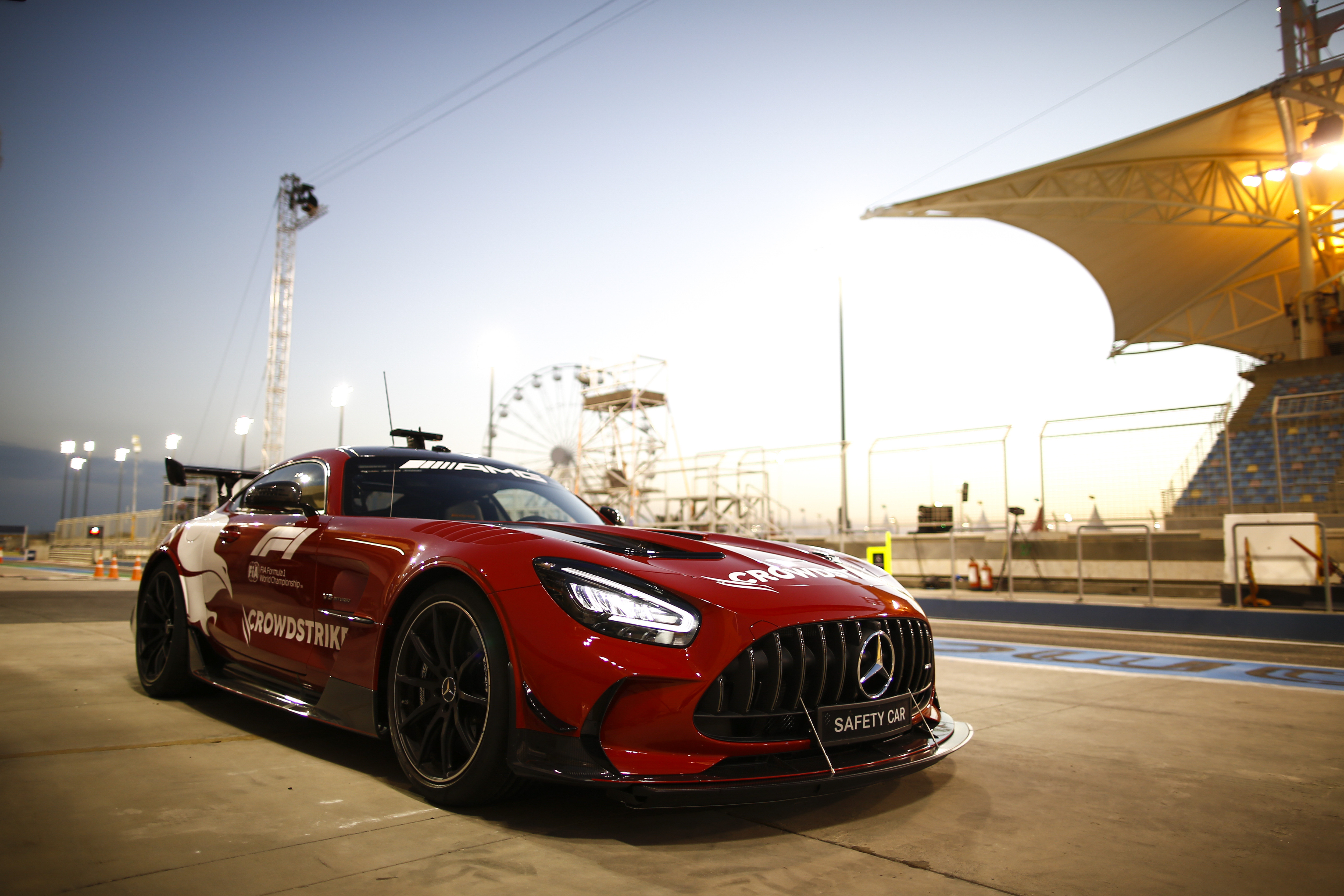
The two high performance cars have been adapted to house all of the technology required to lead 20 of the fastest car and driver combinations on the planet safely round a circuit in often demanding conditions.
Both cars feature screens that enable co-driver Richard Darker to monitor the Formula 1 field with the international TV signal being displayed on one while the other gives the Safety Car crew access to timing and telemetry, including high-resolution GPS tracking of every car across a circuit map. Data management for the visual communication tools is handled by an InCar Hotspot with WLAN.
Both cars are also fitted with additional FIA-specific systems including the transponder system for time keeping, and the FIA ‘marshalling system’, which uses three coloured LEDs in the instrument binnacle and in front of the co-driver to show the flag signals for the respective section of the track. There is also a ‘medical warning light’ that, in the event of an incident on the track that exceeds a g-force threshold, flashed LEDs several times.
For Mayländer the current cars make his job more efficient, but given the huge gains in performance made with F1 cars over the years, the job of leading them around some of the world’s most demanding circuits doesn’t get any easier.
“In some ways, it’s as hard as it ever was,” he says. “Certainly, I have a lot more experience than 20 years ago but now the speeds are also much higher. I remember Fuji in 2007, when we had torrential rain, driving on the long straights there at more than 250 kph was really on the limit. Now in Monza or Azerbaijan, down the main straights, it’s well over 280 – it’s still right on the limit. However, the benefit now is just how good the Safety Cars are.
"For me, it’s really important that you don’t have a ‘beast’ underneath you. You need a nice, clear car that tells you everything in a good way, because that gives you a safe feeling," he adds. "It’s the same as with a race car – you can have a very quick one, but the drivability can be really difficult and over a distance that means the chances of making a mistake are higher. That isn’t the case with the AMG or the Aston. The driveability is now much better than in the past. Everything is better.”
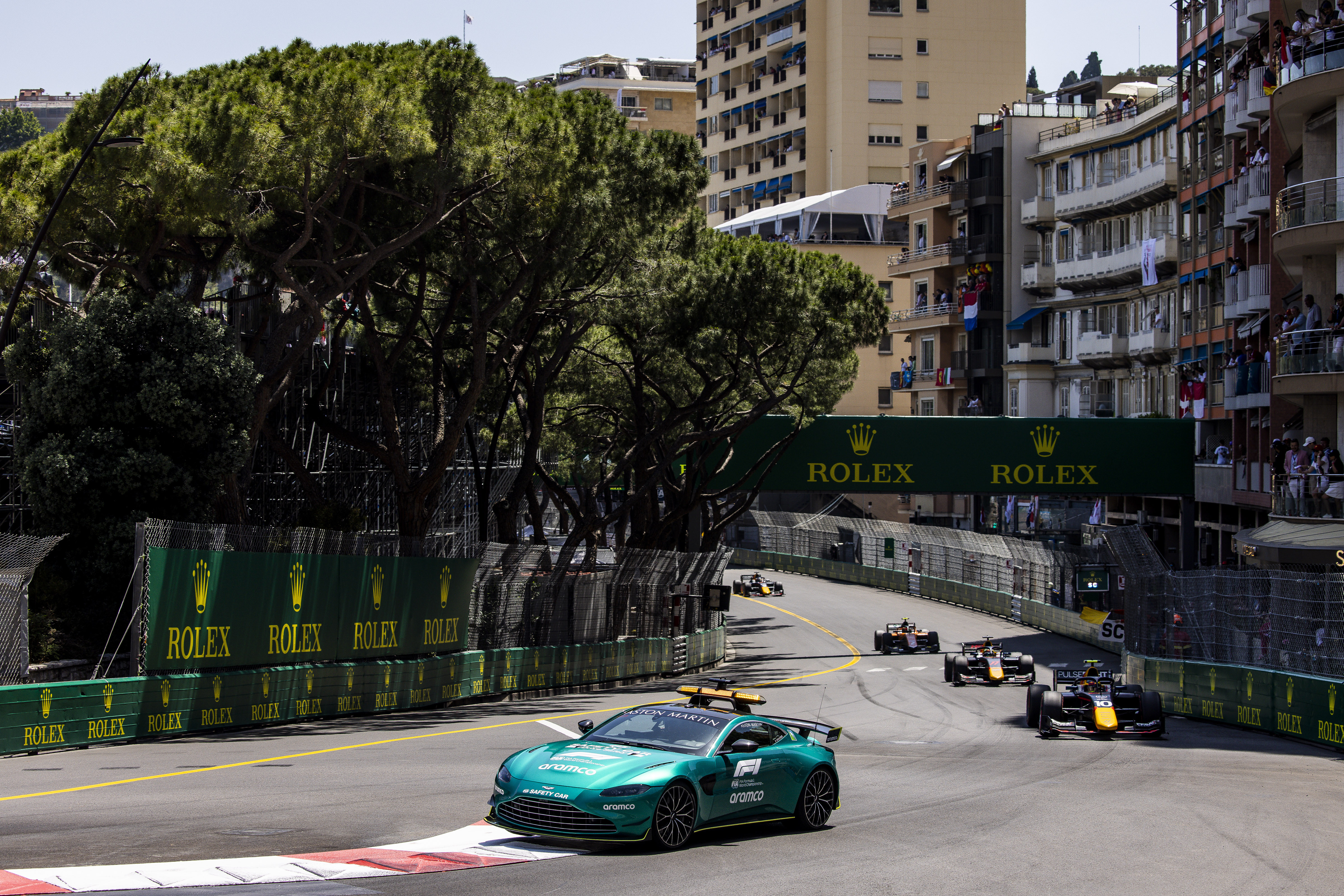
It all means that 50 years after its less than perfect debut, the Safety Car has been developed into a finely-tuned machine with a single purpose – guarding the safety of those on track.
“What has the Safety Car given us? The answer is in the title – we are safe,” Blash concludes. “If it has achieved anything it has made incidents safer for everyone involved. You know, we have had such incremental development of Safety Car procedures that people tend to forget what it was like before. What did we do when the rain was so heavy that it was difficult to continue? Nothing. And that’s the difference. Now we have a safety car that neutralises the race, allows us to continue and protects everyone on track, drivers, marshals, spectators – everyone.”

 Facebook
Facebook Twitter
Twitter